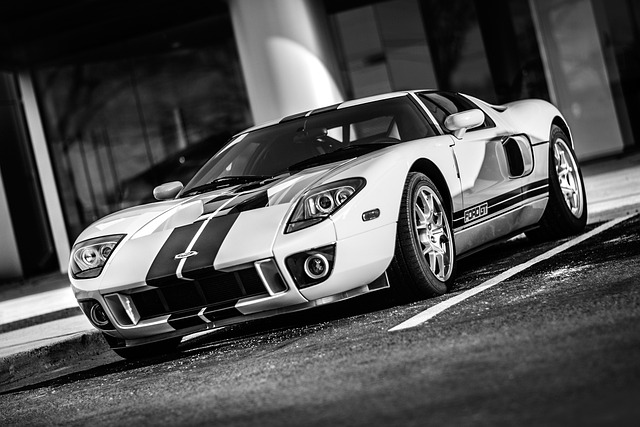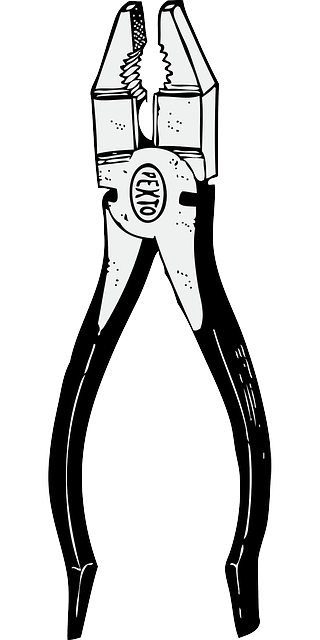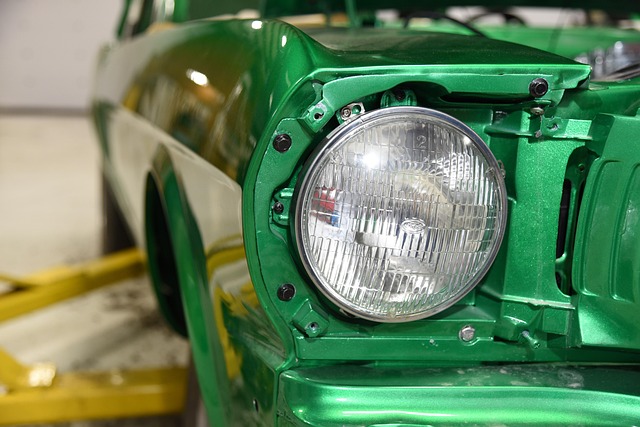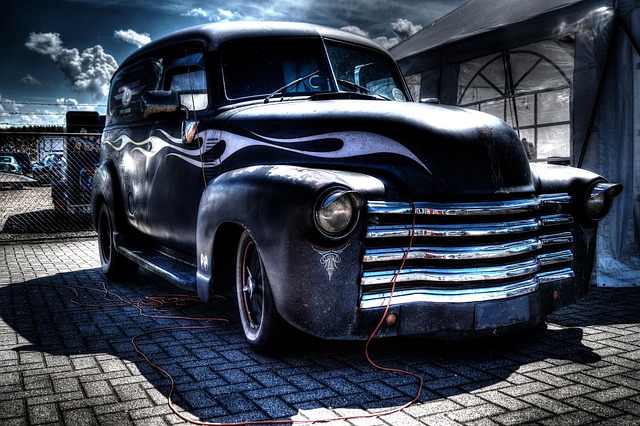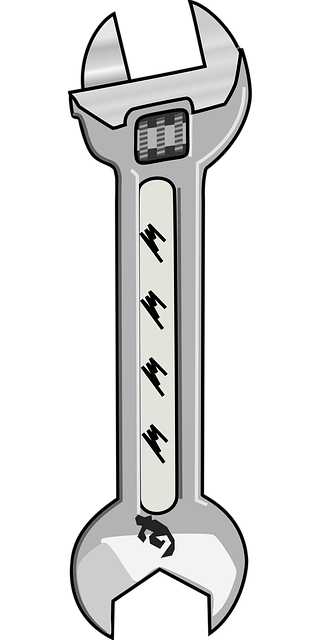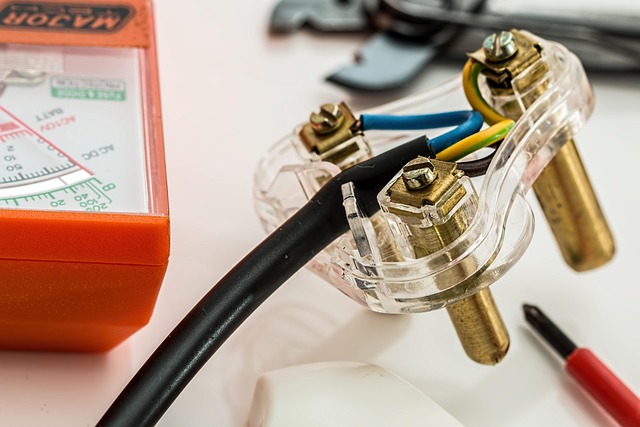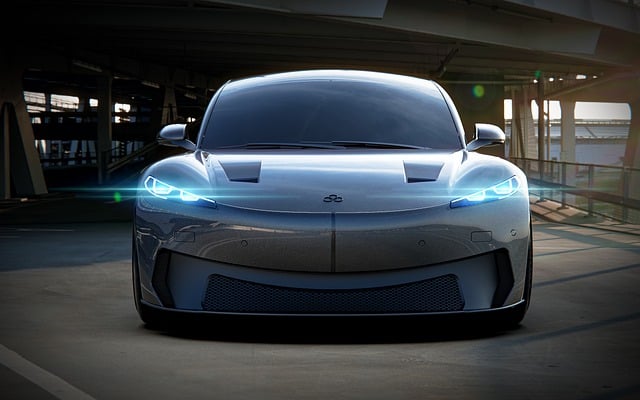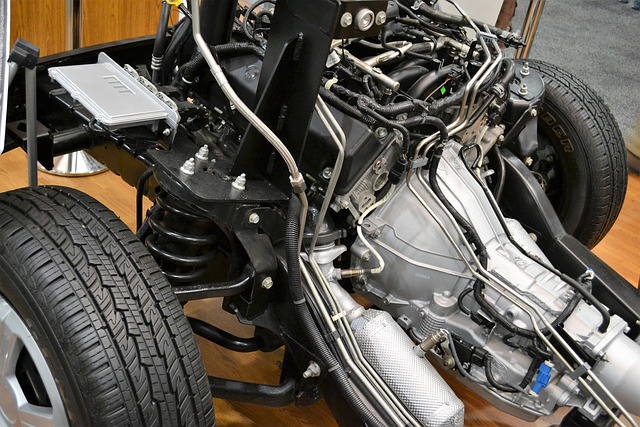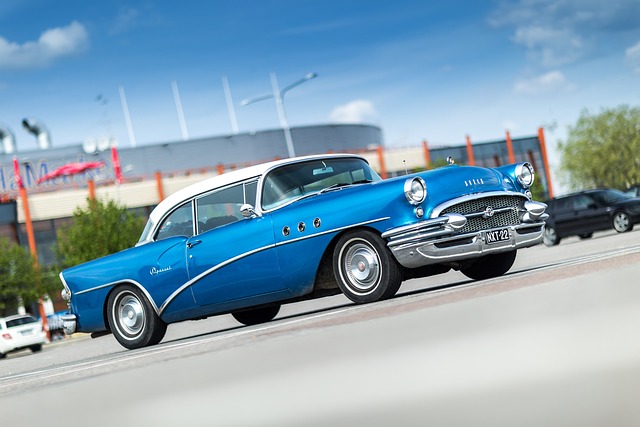Computerized paint matching technology has revolutionized collision repair and car dent repair, ensuring precise paint accuracy using advanced algorithms and sensors that analyze and match vehicle paint colors with remarkable precision. This system, which leverages inputted paint codes or color samples to scan an extensive database, streamlines workflows, enhances customer satisfaction, and delivers high-quality outcomes for both minor scratch repairs and significant collision damage. Calibration involves selecting a known standard color sample and configuring equipment settings for specific paint formulas, ensuring exact replication of original colors. While there are initial investment costs and maintenance challenges, the benefits—reduced human error, consistent color accuracy, and increased efficiency—far outweigh these hurdles, enabling superior bodywork services.
Shops leverage computerized paint matching technology for precise color accuracy in paint jobs. This article delves into the intricate process of calibrating equipment used in this advanced system, a crucial step ensuring flawless results. We explore the calibration process, its benefits like speed and consistency, and potential challenges in implementing automated systems. By understanding these aspects, shops can optimize their painting processes for superior customer satisfaction.
- Understanding Computerized Paint Matching Technology
- Calibration Process: Ensuring Precision in Paint Matching
- Benefits and Challenges of Implementing Automated Systems
Understanding Computerized Paint Matching Technology

In today’s digital era, computerized paint matching technology has revolutionized the way collision repair centers and car dent repair facilities achieve precise paint accuracy during car damage repairs. This advanced system utilizes sophisticated algorithms and intricate sensors to analyze and match vehicle paint colors with remarkable precision. By inputting a specific paint code or color sample, the software swiftly scans an extensive database of color profiles, comparing it against existing standards to find the closest match available.
This innovative approach ensures that when a car undergoes repairs, whether for minor scratches or significant collision damage, the new paint will seamlessly blend with the existing finish. The process is both efficient and effective, streamlining workflows in collision repair centers while delivering high-quality outcomes in car dent repair scenarios, ultimately enhancing customer satisfaction.
Calibration Process: Ensuring Precision in Paint Matching
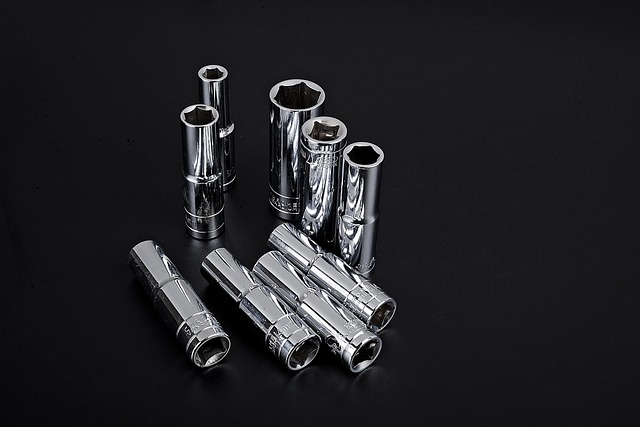
The calibration process is a meticulous procedure that shops employ to achieve precise paint matching using computerized paint matching systems. It involves several steps to ensure accuracy in color replication, especially for auto repair services and auto body restoration tasks. First, technicians start by selecting a known standard color sample as a benchmark. This sample should represent the exact shade they aim to match. Next, the equipment is configured and calibrated according to the specific paint formula and requirements, including the type of car scratch repair needed.
During calibration, the system adjusts various parameters such as light source, sensitivity settings, and detection algorithms to minimize variations. By comparing the output with the benchmark sample, adjustments are made until a perfect match is achieved. This rigorous process guarantees that when a customer brings in their vehicle for paint work, including intricate car scratch repair, the resulting finish will be an exact replication of the original color, enhancing the overall quality of auto body restoration services provided.
Benefits and Challenges of Implementing Automated Systems

Implementing automated systems for computerized paint matching offers numerous benefits for shops involved in auto painting and car body restoration. These advanced technologies streamline the process, ensuring consistent and precise color matching across various auto bodywork applications. With automated systems, the margin of human error is significantly reduced, leading to higher-quality results and increased efficiency. This technology enables shops to quickly match vast swatches of colors, saving time and resources that can be allocated to other critical tasks in the auto painting process.
However, challenges exist when adopting these innovative solutions. Initial investment costs for implementing automated systems can be steep, requiring significant capital outlay for equipment and training. Additionally, maintaining and updating these systems regularly is essential to ensure their longevity and accuracy. Despite these hurdles, the advantages of computerized paint matching far outweigh the difficulties, making it an increasingly attractive option for shops looking to enhance their auto bodywork services and deliver superior results in car body restoration projects.
Shops leverage computerized paint matching technology for precise, efficient paint mixing and application. Through a meticulous calibration process, they ensure consistent color accuracy across various substrates. While implementing automated systems presents challenges like initial costs and learning curves, the benefits of enhanced productivity, reduced human error, and improved customer satisfaction ultimately make it a game-changer in the painting industry.
